Affiliate links on Android Authority may earn us a commission. Learn more.
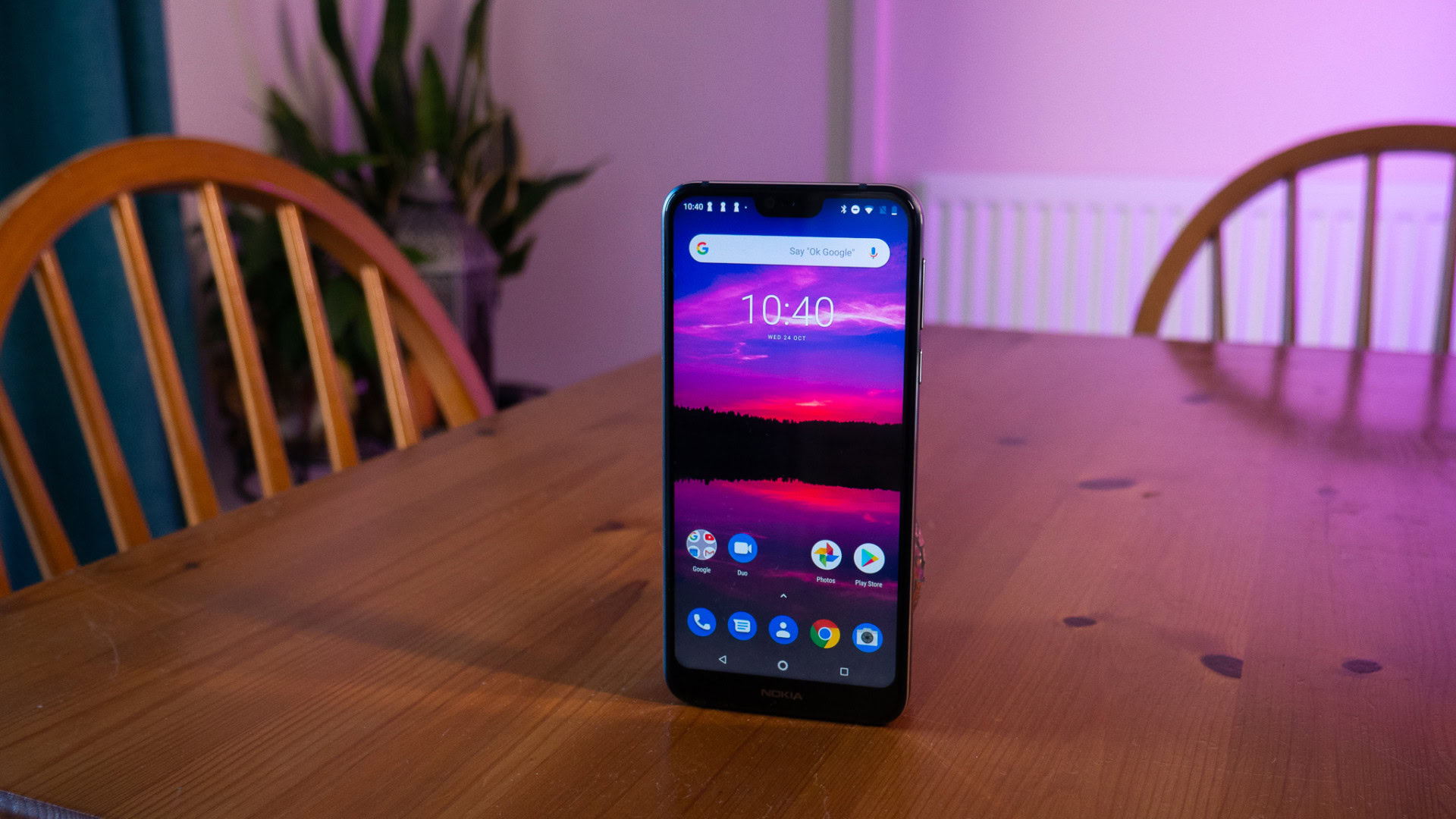
HMD Global Nokia 7.1
What we like
What we don't like
HMD Global Nokia 7.1
HMD Global is at it again, making well-crafted, straightforward, and affordable mobile devices. The Nokia 7 Plus was undoubtedly one of the standout phones of the last year with a very attractive and sturdy design, the welcome implementation of Android One, and a big screen. It didn’t have any frills — just a mid-range phone done really well.
The Nokia 7.1 is not the successor to that phone. Rather, it is the successor to the Nokia 7, which is a much more budget device. It’s aimed at a slightly more budget audience, but still retains the same focus on affordable quality.
Find out if HMD has done it again in our full Nokia 7.1 review.
Specs
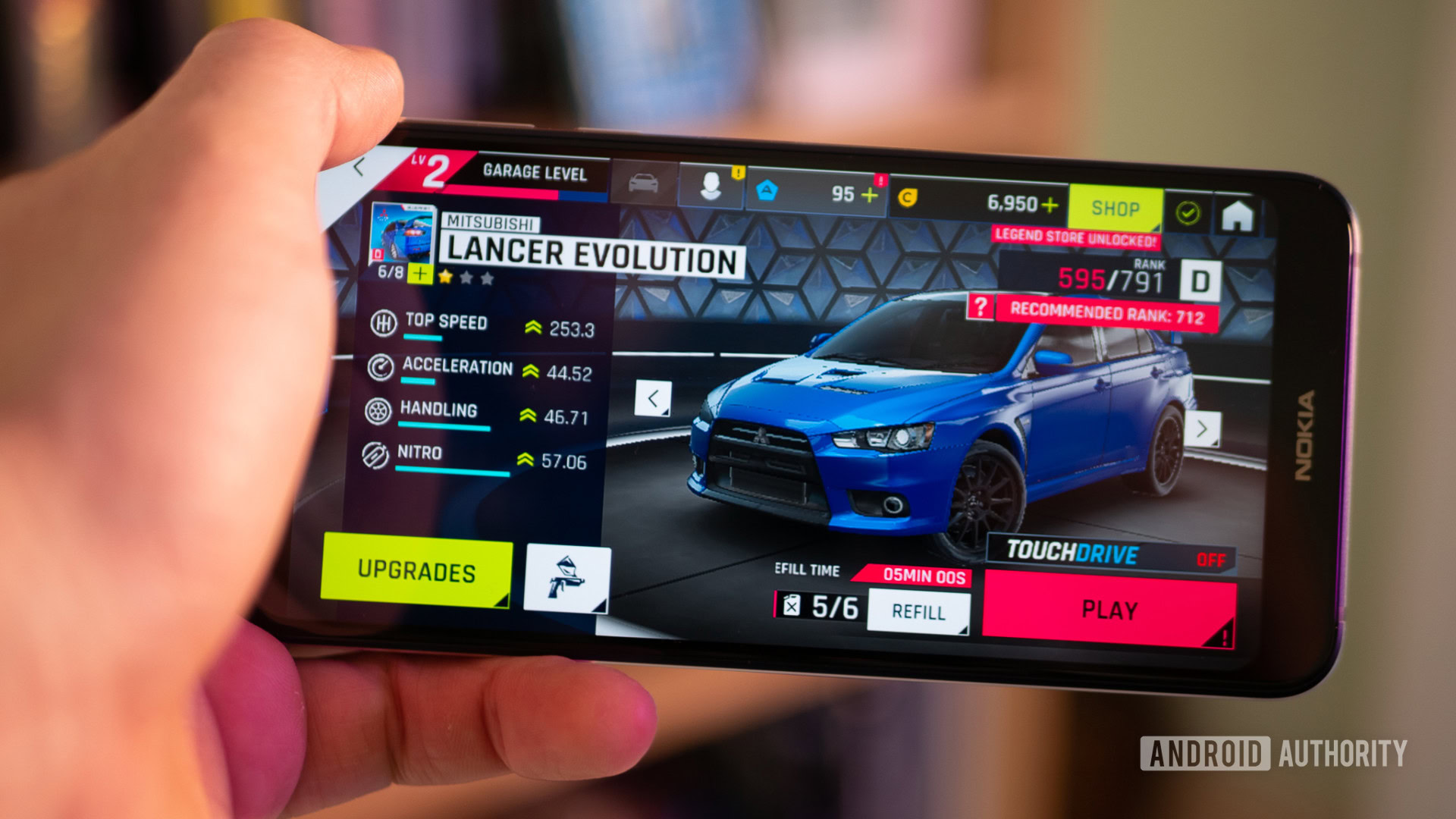
Before we dive into the Nokia 7.1 review proper and see what this device is actually like to use, we first need to get the specs out of the way.
The Nokia 7.1 sports a Snapdragon 636 chipset with either 3 or 4GB of RAM and 32 or 64GB of storage. The storage is expandable up to 400GB via a microSD card. It’s running Android 8.1 Oreo out of the box but since its launch an over-the-air update is available for Android 9 Pie. The battery is very average at 3,060mAh, but it will see you through a day no problem as neither the screen nor Android One are all that demanding. It’s not a standout here though, as it is with some other similarly-priced devices.
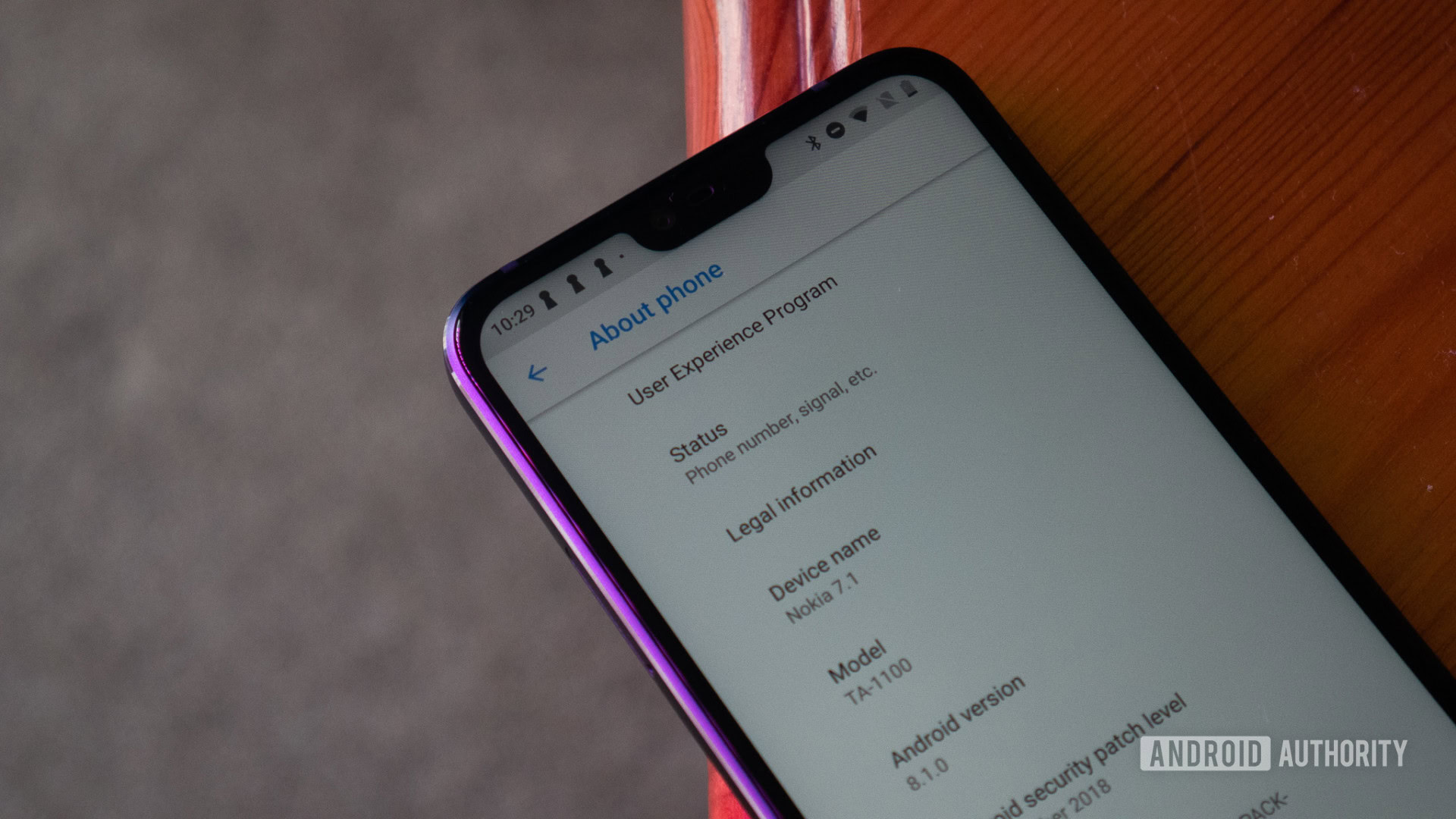
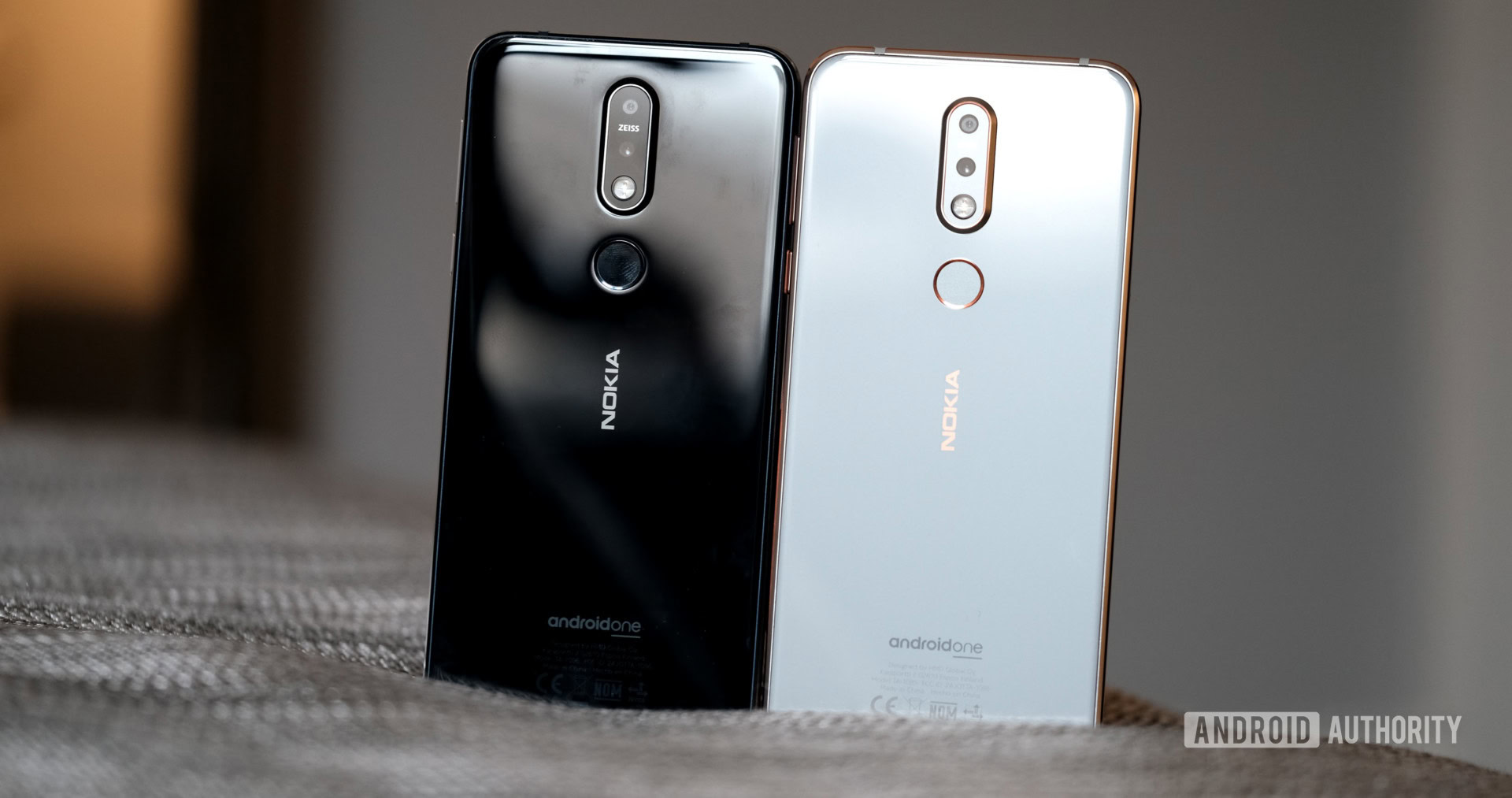
Display & Camera
The PureDisplay screen is a 5.84-inch IPS LCD display, with a 1,080 x 2,280 resolution and 19:9 aspect ratio. One of the standout features of the device is that it has the ability to playback HDR 10 content and will even upscale non-HDR video via a 16-bit pipeline. Brightness isn’t the best at 450 nits, but I didn’t notice this to be a problem in my time with it. This may be due to contrast tricks which apparently improve outdoor visibility.
The ZEISS-branded camera is a 12MP shooter with an f/1.8 aperture and secondary 5MP f/2.4 depth sensor. The front has 8MP going for it and an f/2.0 aperture. Video recording is available up to 2160p at 30fps. It can do all the usual tricks like live bokeh, AR emoji, Google Lens, pro mode, and more.
Unique to Nokia is 360-degree spatial audio, which lets you record video with surround sound — it’s actually quite cool. Nokia’s “bothie” mode also makes a return here, now letting you decide how to divide up your screen real-estate, though it is significantly more low-key this time around and harder to find in the camera settings.
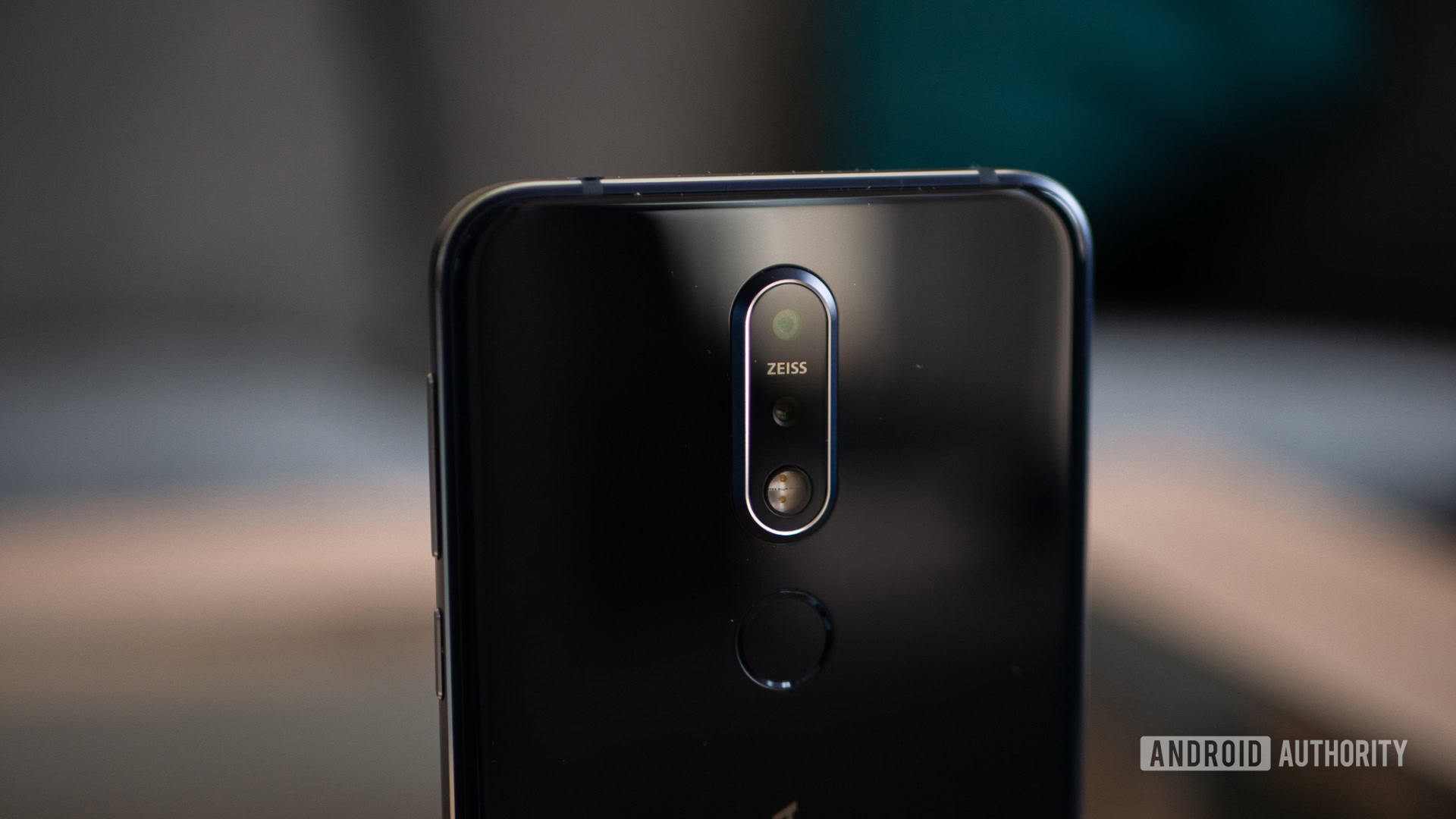
Design
What first stood out to me about the device is its design. From the front it’s fairly standard, with slim bezels and a bit of a chin. Around the back its look belies its 300 pound (~$350) price, with an attractive glass panel.
What’s more impressive about the device is its design.
What really stands out is the chrome detail around the central camera module. This 6,000-series aluminium band also goes around the sides. It contributes to a very handsome look and feel, and really gives you the sense you could probably stamp on this thing without damaging it. Nokias have been known for durability since the 90s, so it’s great this is still a feature. Its available in either midnight blue or steel.
The hardware also ticks three very important boxes with NFC, USB Type-C, and a headphone jack. Dual SIM is available too for those that need it.
Usage
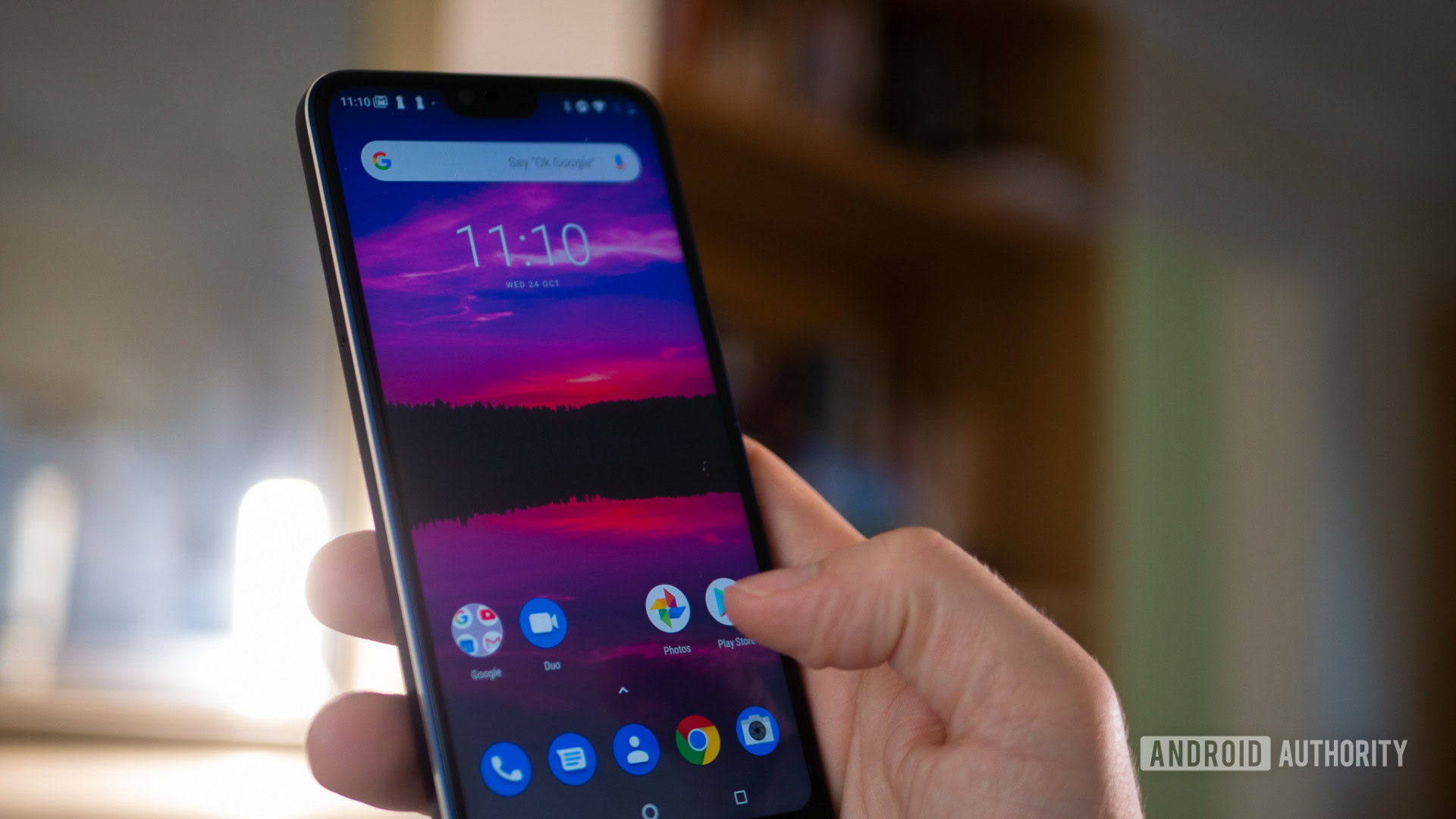
Of course, specs only tell half the story — it’s more important how the device is to use.
The Nokia 7.1 is no workhorse or power-user’s dream. Its performance is middling on the whole. Gaming is very average, though most things from the Play Store should work.
My bigger gripe is with browsing the UI, which really wasn’t smooth. Apps are slow to appear, animations stutter, and there are frequent crashes and bugs. I actually think there’s more than just weak hardware going on here —there seem to be some bugs in the firmware. That’s a shame (and it’s something I noticed on previous Nokias), but fortunately HMD has a good track record of addressing these kinds of issues. As it is though, the device was occasionally annoying to use — it certainly looks better than it feels!
I was very glad to go back to my daily driver when this Nokia 7.1 review was over, which hasn’t necessarily been true of other devices at this price point.
I’m surprised that we don’t see more phones with Android One.
Performance is helped along a little by Android One, a stripped-down, vanilla version of Android with no intrusive skin layered on top. While some people like their ColorOSs and their MIUIs, bare-bones Android generally performs better on lower-spec devices, simply because there is less going on. It also guarantees security and platform updates. As I’ve said in other reviews, I think it’s the perfect fit for a mid-range device. I’m actually surprised we don’t see more phones with it.
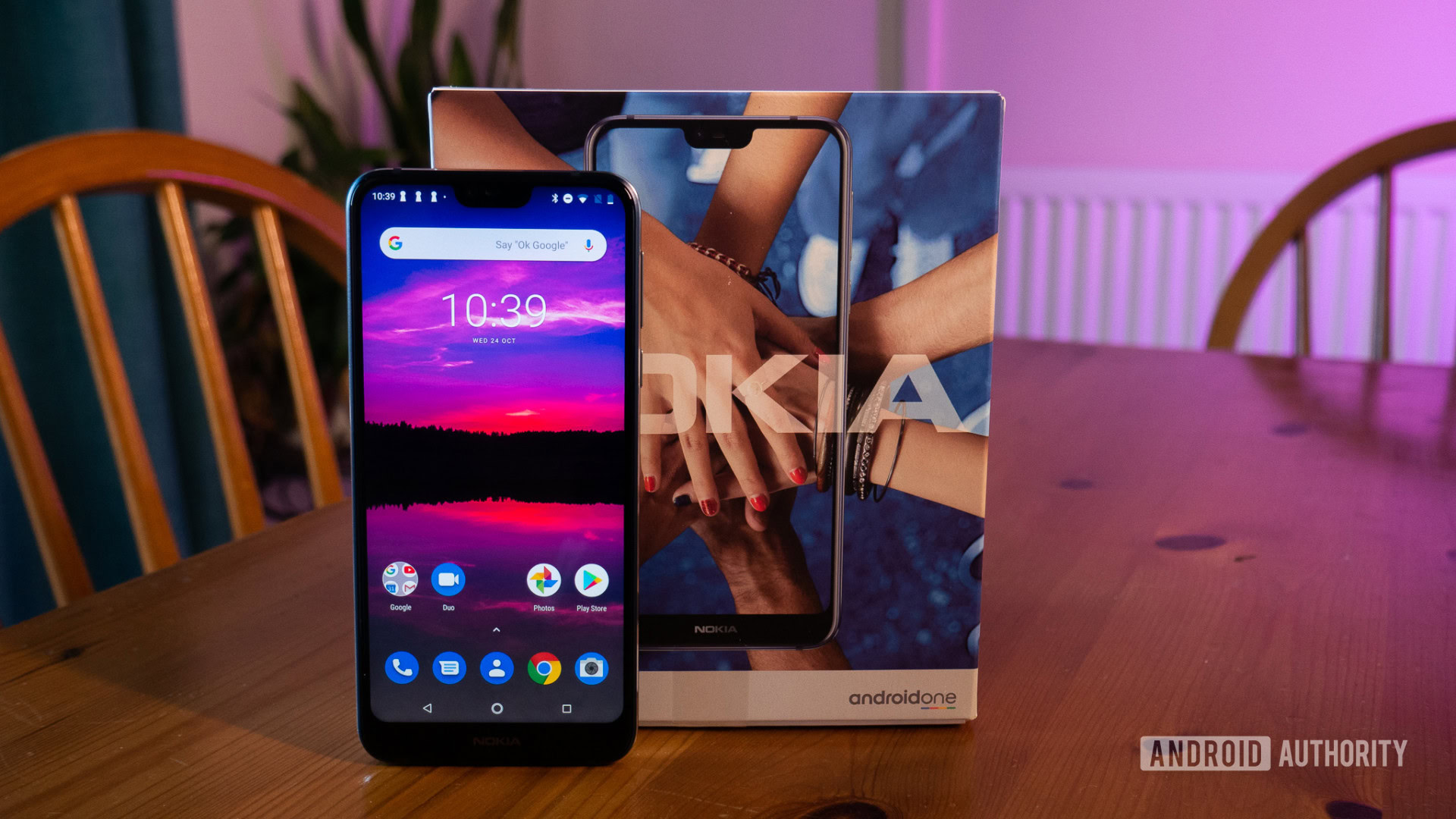
Consuming media is nice on here, helped by HDR 10 support. Unfortunately, I didn’t really notice the difference with the upscaling, but we’ll be looking at that more closely soon. Web browsing could be a little speedier, which hurts media consumption on this device slightly. It’s a sign of the times that I personally like a bigger screen these days. I’m sure 5.84 inches is more than enough for most people out there, and its smaller size at least means it feels nice to hold. However, for a device somewhat focused on media, a big screen really would have been welcome. Of course how you feel about that notch will also play a part in determining how you feel about this device in general
Related: Nokia 7.1 camera: A closer look
As for the camera, it actually isn’t bad. Focusing is good, contrast looks good, and images come out bright and saturated – perhaps a little too saturated for some tastes. There’s a loss of detail when you zoom right in, and low-light performance isn’t the best (or worst to be fair). It’s a similar story we see on many cameras for this price.

When I reviewed the Nokia 7 Plus, I found the camera performance was good, but perhaps a little short of my expectations. The Nokia 7.1 is average, though it slightly exceeded my expectations this time. It will certainly do nicely for every day use and even grab some impressive shots from time to time. See more camera samples here.

Should you buy the Nokia 7.1?
But now for the most important part of this Nokia 7.1 review — the million dollar question (or 350 dollar question): should you buy this device?
On the face of it, the Nokia 7.1 does a lot of things right. It’s well made, simple, and built like a tank — an attractive one at that. In that regard, it pulls off the same trick as the Nokia 7 Plus.
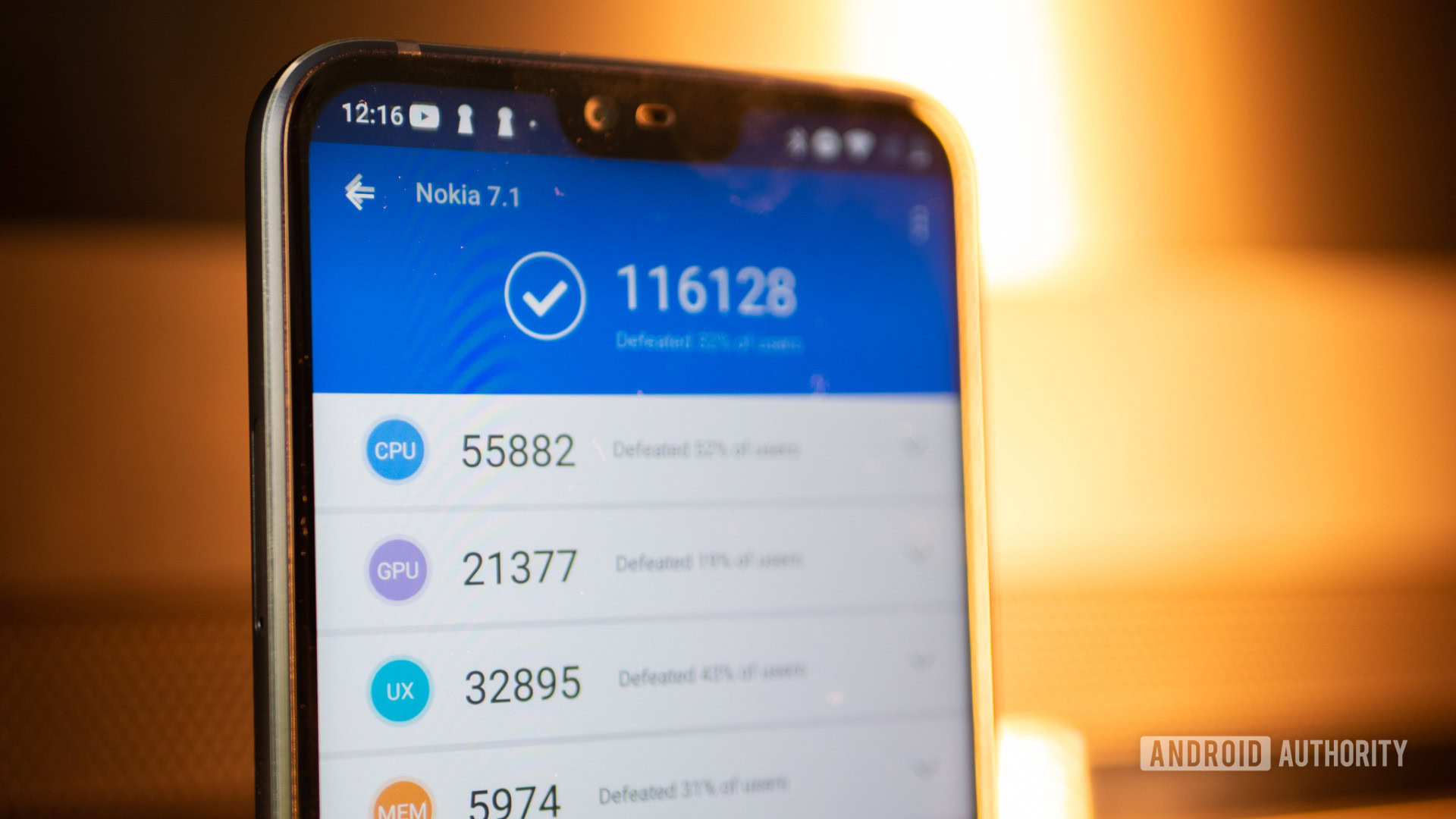
At the same time, even in the short amount of time since that device debuted, the game has changed. This category has become immensely competitive, and you now need to do an awful lot more to stand out in a saturated market. Unfortunately, this phone’s sluggish performance just isn’t up to scratch.
Don’t miss: Nokia 7.1 vs POCOphone F1, HONOR Play, Moto Z3 Play
Perhaps the most obvious competition here in the U.K. comes from the Motorola One, which costs just a little less at 279.99 pounds (~$359) and runs on Android One, but involves some significant downgrades. The design is nice, but not as sturdy. The camera is somewhat inferior to this one. The Motorola One only has a Snapdragon 625, and its screen is just 720p. Between these two, the Nokia is a no-brainer to me.
Then again, we now also have stiff competition from the likes of Honor. To be honest, the Nokia can’t really compete with the HONOR Play. The Play is less expensive than the Nokia, with a Kirin 970 processor, which until very recently was the company’s flagship processor. The Play’s performance is in a different league, and also comes with a very attractive metal design, bigger screen, and a pretty strong camera performance with a whole host of cool features (light painting beats bothie mode!).
Then of course, there’s the highly disruptive Pocophone F1, which will set you back even less at around 260 pounds (~$333) if you order it online. These devices are almost unfair to other manufacturers.
Perhaps most damning of all though, is the fact that the Nokia 7 Plus is now only 239.99 pounds (~$305) unlocked and better in nearly every way.
Ignoring that, the reassurance of getting Android One is going to be a big selling point for some users. Others will like that it’s manufactured in Europe. The design is undeniably stand-out, and HDR support is nice if you like Netflix.
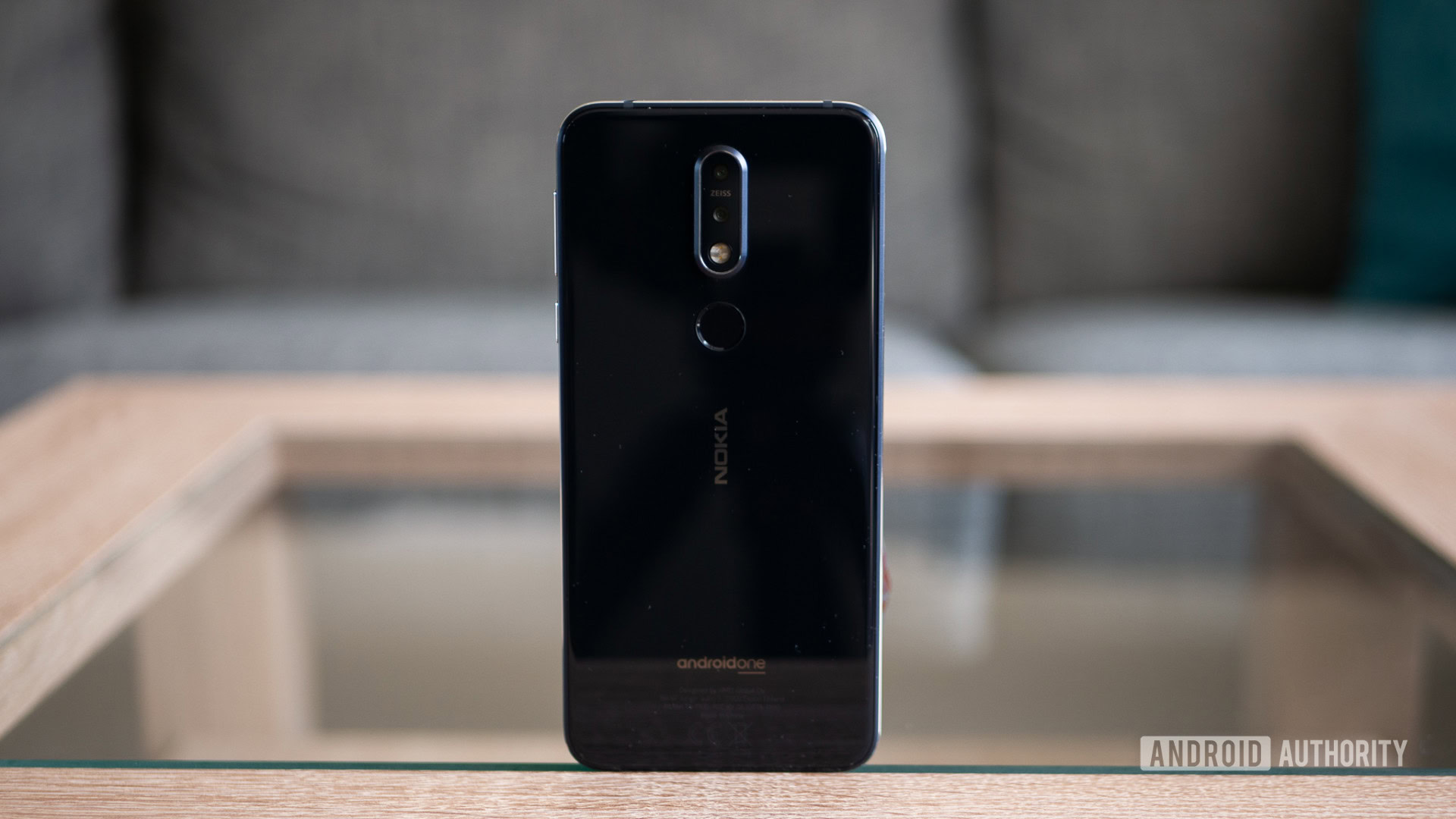
It’s a good phone in its own right. Casual users won’t be disappointed with its build, though the performance might be a gripe until HMD patch the bugs. Six months ago, I’d have said it was great value for money. If you’re interested in performance and you want to get the most bang for your buck, there are better deals to be found.
Let’s see what HMD does with the Nokia 7.1 Plus. I’m hoping it’s something special.